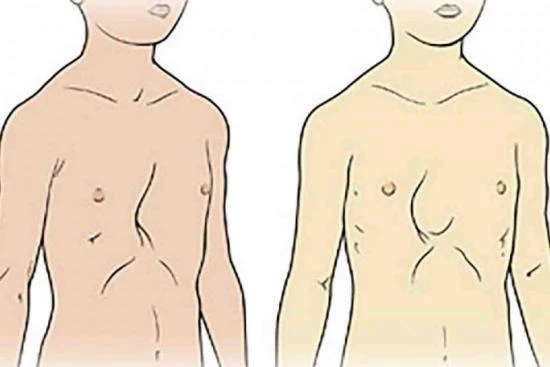Struggling with chest asymmetry? This may be the result of Poland syndrome, a rare congenital condition that can affect self-confidence and body image. You don't have to live with it. Reconstructive surgery in Turkey offers advanced, personalized solutions to correct muscle underdevelopment, restore symmetry, and enhance overall well-being. With highly skilled surgeons and state-of-the-art medical facilities, patients can achieve natural-looking results and regain both comfort and confidence in their appearance.
Cost of Poland Syndrome treatment in Turkey
The cost of Poland syndrome treatment in Turkey with Turquie Santé depends on the complexity of the reconstruction and the techniques required. Since each case is unique, pricing is personalized after a thorough evaluation. Reconstructive surgery in Turkey is offered at competitive rates compared to many Western countries, without compromising quality.
With Turquie Santé, you benefit from transparent pricing, full support throughout the process, and a free teleconsultation with experienced surgeons who will provide a detailed, personalized cost estimate.
Contact us today to get your free quote and start your journey to restored symmetry and confidence.








